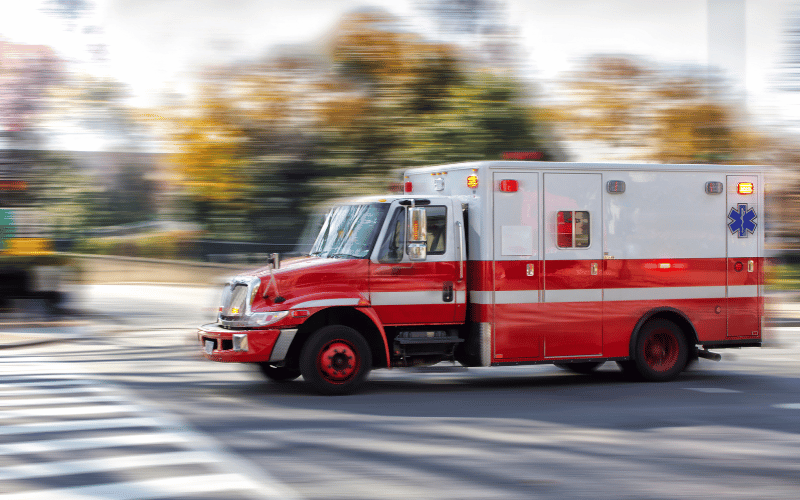About us
Welcome to Motor Matcher! A faster, simpler way to compare, buy and sell cars online.
Have you ever driven quietly on the road only to get startled by the wailing sirens of a police car, fire truck or ambulance fast approaching? Well, you’re not the only one! Emergency vehicles, like ambulances and police patrol cars are so critical to saving lives that their involvement in an accident could be life threatening.
Knowing the rules and regulations around emergency vehicles won’t only keep you safe, but ensures you avoid hefty fines.
It’s time to get out of the way of the emergency vehicle safely! Do the following:
In New South Wales, Victoria, Western Australia, and Tasmania, drivers must slow down to 40 km/h when approaching or passing emergency vehicles, like police cars, that are stopped or moving slowly and have their lights flashing or a siren going off.
However, New South Wales has an exception to this rule.
On the other hand South Australia, has even stricter laws.
As a driver, it's your responsibility to know what the laws are in each state, because if you break their traffic laws, you will be fined.

To avoid crashing into a police car, an ambulance, or a fire truck, make sure you follow the below pointers:
Knowing the rules around emergency vehicles will help keep yourself and others safe in an emergency. If you think before you act, you could save lives.
Was this helpful? If you’re looking for more tips and information like this, explore our car resources and news on Motor Matcher!
Every aspect of what we do at Motor Matcher is based on providing consumers with the tools and information they require to make informed decisions about car tips and recommendations in buying and selling cars. We make it faster and easier to compare new and used cars online, making it a safe place for both buyers and sellers of cars.
Your future car awaits you at www.motormatcher.com.au.